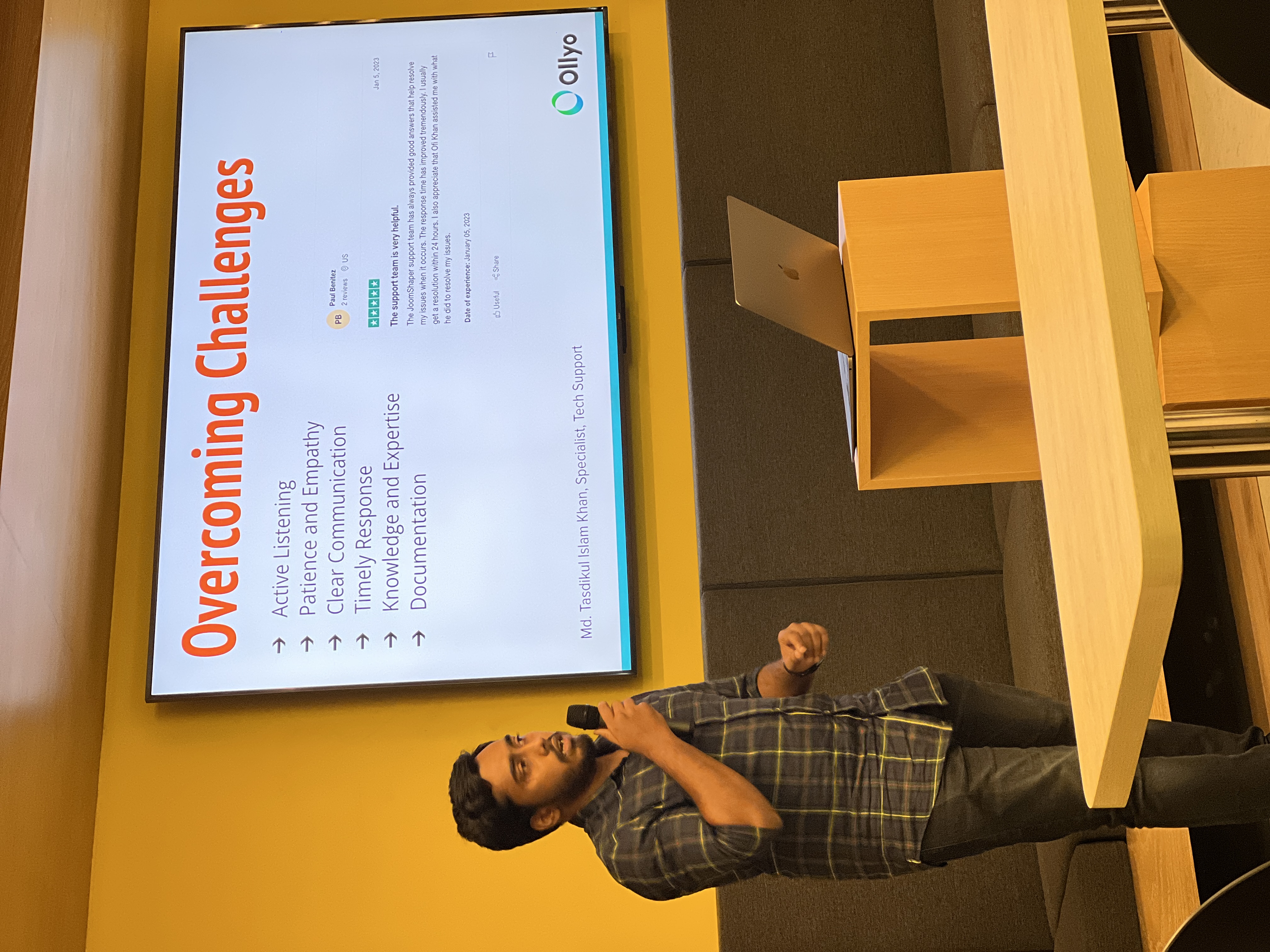Technical Support Basics

Technical support is the heart of any software business. Nowadays, customers have plenty of good products to choose from. Good technical support can keep you ahead of the race and help you get more engagement.
Customer Support or Technical Support makes your product valuable. We all are running for success and might think of it as a destination, but I think of it as a mindset or a never-ending journey. I would like to share some basic tips with my experience of working for more than 4 years in technical support.
Know Your Product
It is absolutely necessary to know what you are selling. You have to know the features and limitations (another type of feature) of your product. If you know the product very well, then your life will be easier with technical support. Generally, you should expect that your customer will not know the product well. Also, it is technical support’s responsibility to introduce the product well to the customer. For example, if the customer wants to modify a part of your product according to their use case but doesn’t know how to, then you have to guide them in a way so that not only do they find it but also learn how to find it.
Listen to Your Customer
Listening to the customer is the most integral part of technical support. You have to properly understand the customer’s voice. Sometimes the customer might not understand the technical jargon and can’t explain it properly. They express what they see or what they cannot do. For example, once a customer said to me that he got a blank page. He could not give any more details for me to start investigating. Then I checked his site but could not find the issue. Later, I checked the site on different screen sizes. Eventually, I found the issue on screens with resolutions above 2K. The solution was to set the width of the page content. It was mistakenly set to 0 on his site for screens with resolutions above 2K. This is why you have to listen to your customer carefully and ask questions for more details. Your knowledge and experience will help you understand the customer's words better.
Show Empathy
You have to be empathetic while listening to the customer. Empathy means putting yourself in your customer’s shoes or thinking from the customer's perspective. Your customer might be frustrated about the issue and be impatient in some cases. In this case, you have to keep your head calm and understand the customer's situation. You should console the customer by simply saying that you understand their situation and feel sorry for the inconvenience. Also, comfort them by ensuring that you will take immediate action to resolve their issues. Your choice of words plays a vital role here. If you can do this properly, then in most cases the angry customer will calm down and allow you the time to fix the issue. In the end, they want the solution, not the issue.
Follow Standard Procedure
Standard procedures must be followed while investigating issues. For example, if your company sells templates and the customer reports an issue, then you have to first check the technical requirements to run the template. After that, you can dig into the settings or the options provided by the template and check that everything is set correctly to run it. If you still have not found any clues, check the other third-party extensions or plugins that might conflict with your product. You can even ask the user to check the issue in different environments, i.e., browser, hosting, or even OS.
Documentation
You may feel it hectic to write down the steps of solving an issue. We all feel the same as you do. But it is a good practice to document your work. After solving an issue, you should write it down in detail. You should consider some key points to include such as the environment, the third-party extensions or plugins, the steps to reproduce the issue, how you tracked the issue, and finally the solution. Also, you can note if your solution has any side effects or considerations for the customer's site. Always try to find the best feasible fix for the problem. This documentation will help you in the future. You can train your customers with it so that they can fix it by themselves and do not need to reach technical support. Also, if you face this or a similar issue next time, you can get help from your documentation. It will help you act faster and save time.
Conclusion
Sometimes only producing a good product cannot deliver success. It needs an effective sales team and a proactive support team to level it up or make the product valuable. No product is bug-free. You cannot imagine a day without customer complaints. But if you can resolve them quickly, then you can build a reputation in the market. I hope that following my tips will smooth your technical support journey.

Strive not to be a success, but rather to be of value.
- Albert Einstein




